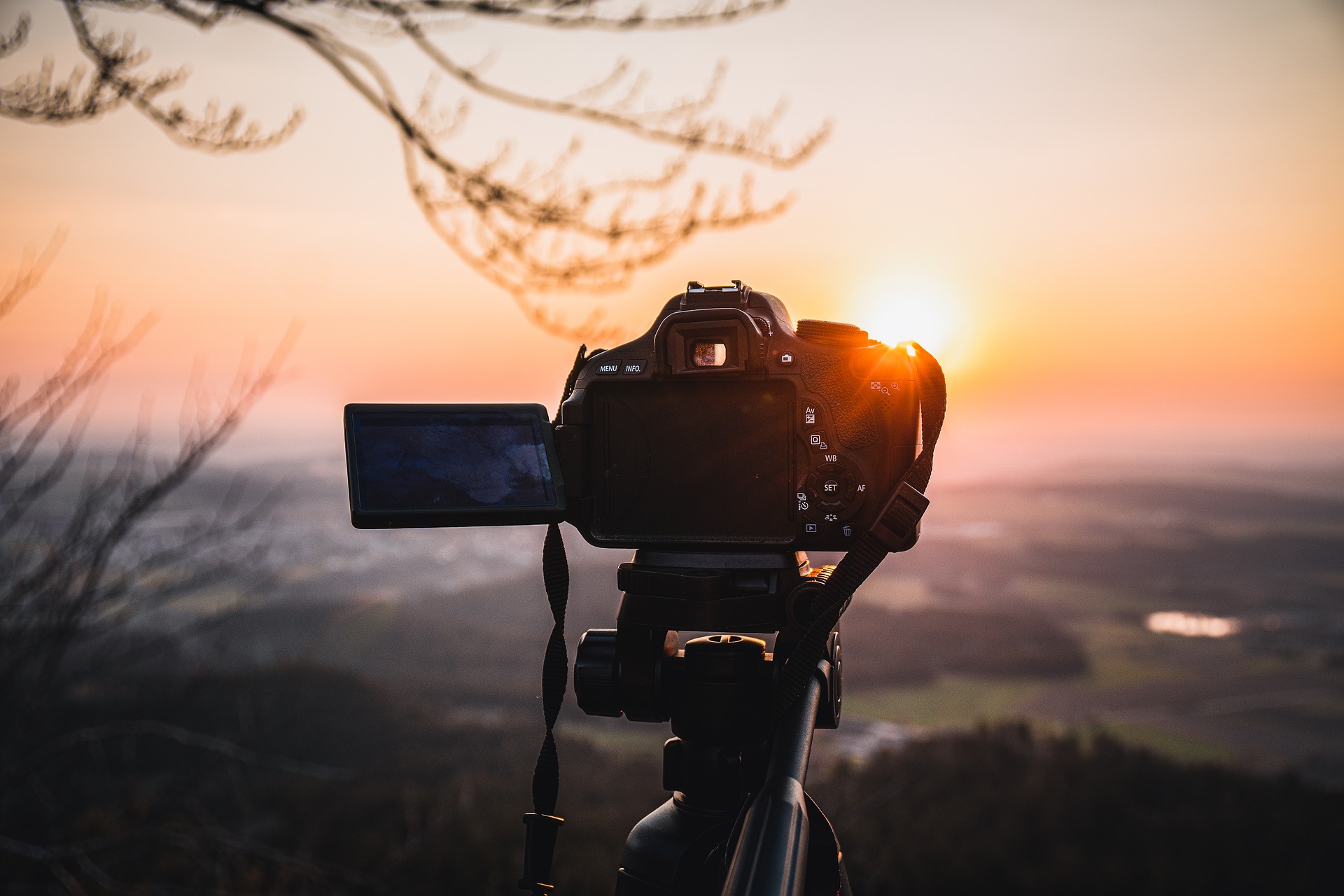As a working photo/videographer you have likely paid a lot of money for your camera gear, yet some of your used items are still worth thousands, and some you can use as a paperweight after a few years of use. It’s confusing, we get it. Here’s what to look for.
What drives the prices up/down?
The first distinction we need to make is between camera lenses and everything else. Camera lenses usually depreciate in value a lot slower than the rest of the gear. There just isn’t a very fast technological advancement possible due to the laws of physics. Yes, you won’t see a full-frame 12-600mm f1.2 lens on the market anytime soon, because it would be a size of a small truck. You can only bend physics only so much and make the optics only slightly so clearer and the autofocus motor slightly so faster. A similar rule applies to professional microphones. This can’t be said about cameras and other smart gear though. Cameras depreciate in value quite fast because of the sheer amount of functions every year is being added by the manufacturers. Faster continuous autofocus, better wildlife tracking, higher frame rates, better video capabilities, Wi-Fi connection, etc.
The rarity of your gear
You may have heard the news about a Canon 1200mm f5.6 just sold in an auction for USD $462,321. Some camera gear may grow in value over time due to rarity, like with all collectables. This may apply to less rare items than the one mentioned above. For example, Canon EF 50mm F1.0 introduced in 1989 is now worth more than when it was originally introduced to the market. It’s just a few copies circling around, giving you that crazy smooth bokeh.
Condition and age of your gear
Is your film camera from the 1960’s worth thousands now? Probably not, unless it’s the one Hasselblad that has been on the moon. If it’s old, it doesn’t mean it’s automatically gold. There is certainly a market for your old gear, you just need to find the right person willing to pay the right price. Also, a big factor is the condition of the gear you have. Scratches, dust or fungus can drive the price of your lenses down dramatically as they may affect the image quality permanently. With cameras, it’s usually the high shutter count that can give you a proper discount. We believe this is not a very big factor as the shutter can be replaced and a professional camera often forgives around a million shutter actuations, even if the manufacturer claims far less.
Avoid GAS (Gear acquisition syndrome)
All being said, camera gear is not your average consumer electronics and lasts years and decades of use. And a camera from 90’s will still produce amazing images if you know how to use it properly. We always recommend looking into your current workflow when purchasing/selling your gear. Which features currently work for you, and which you are missing? What focal lengths do you usually shoot in? Do you really need that 8k/30p video or is your editing computer going to fly off to a different planet when you try to run the clips of butterflies you shot in your backyard?
We believe in moderation.
If you want to know what’s your gear currently worth, feel free to fill in our trade-in form.
To check the gear we currently offer for sale, visit our For sale section.




Leave A Comment